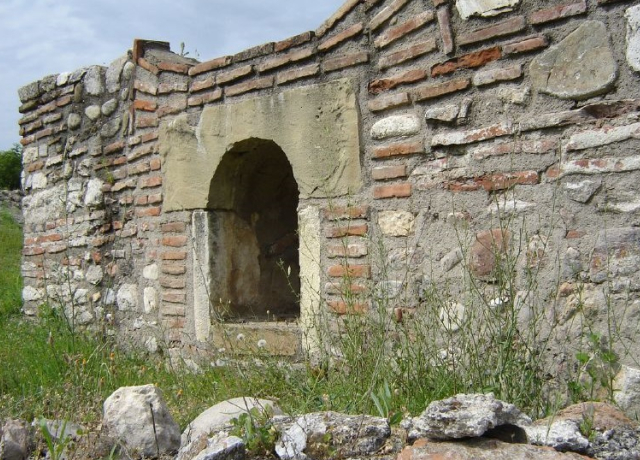“Europe in Macedonia” Theme Celebrates Centuries of Shared Heritage
“Europe in Macedonia” Theme Celebrates Centuries of Shared Heritage
The theme “Europe in Macedonia” is aimed at raising the awareness of the public at large about the diversity of the national cultural heritage as part of the common European heritage. Thousands of archaeological sites, ancient cities, churches, monasteries and traditional architecture have preserved evidence on some magnificent works of art, crafts, architecture and architectural decoration arising from the influences of different European cultures.
Being located at the crossroads of East meeting West, the heritage has been largely influenced by diverse elements of foreign cultures throughout centuries. The heritage preserved from the span from the Hellenistic Period in the 5th century BC through the Middle Ages till the 20th century shows the continual interaction of cultures. Introduction of new distinct elements and their incorporation within the native culture has brought about a synergy of diverse styles in all domains of creative work and artistic expression.
This year the European Heritage Days will highlight this magnificent mixture of cultures. Various exhibitions, on-site events, poetry recitals and concerts will highlight reflections of European styles in arts and architecture, as well as adoption of European elements in art, music, literature and fashion trends.
Some sites that are not usually open for public will become accessible on occasion of the European Heritage Days. For many years now the ancient city Scupi near Skopje has opened the doors specifically for this occasion. Organised visits and guided tours bring closer to the public the outstanding architecture of the city, which originated as Roman military camp in the 2nd century BC and became Episcopal centre in the 4th century AD. The remains of the Roman theatre from the 2nd century AD, although poorly preserved and not fully excavated, indicate that this is the largest theatre in Macedonia with around 11000 seats. The Early Christian Basilica, bathes, private houses show most refined architecture and sophisticated architectural decoration. The Roman Aqueduct in the vicinity of Scupi completes the picture of life in this area in the Roman times till the 6th century AD, when the city was destroyed by an earthquake.
Photo credit: Wikipedia. Available at: https://en.wikipedia.org/wiki/File:Skopje_and_Skupi.jpg
